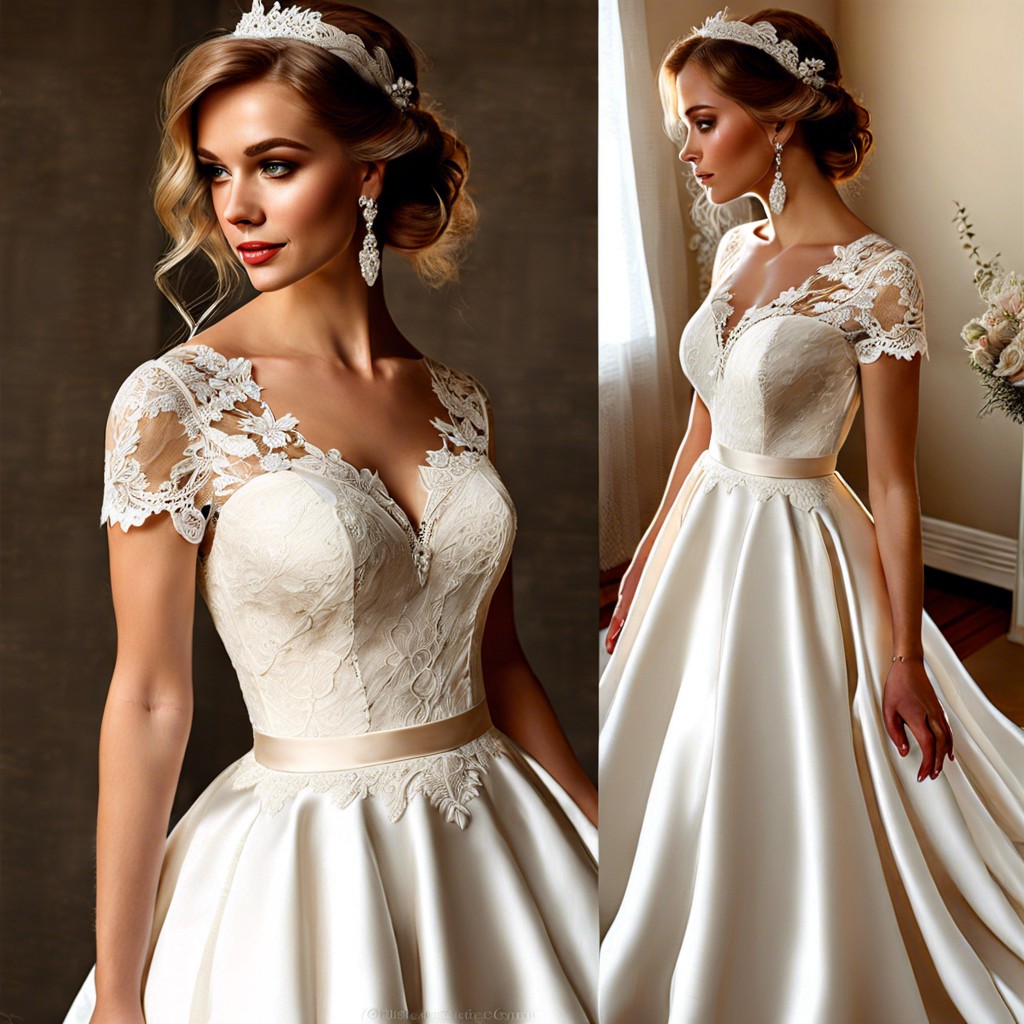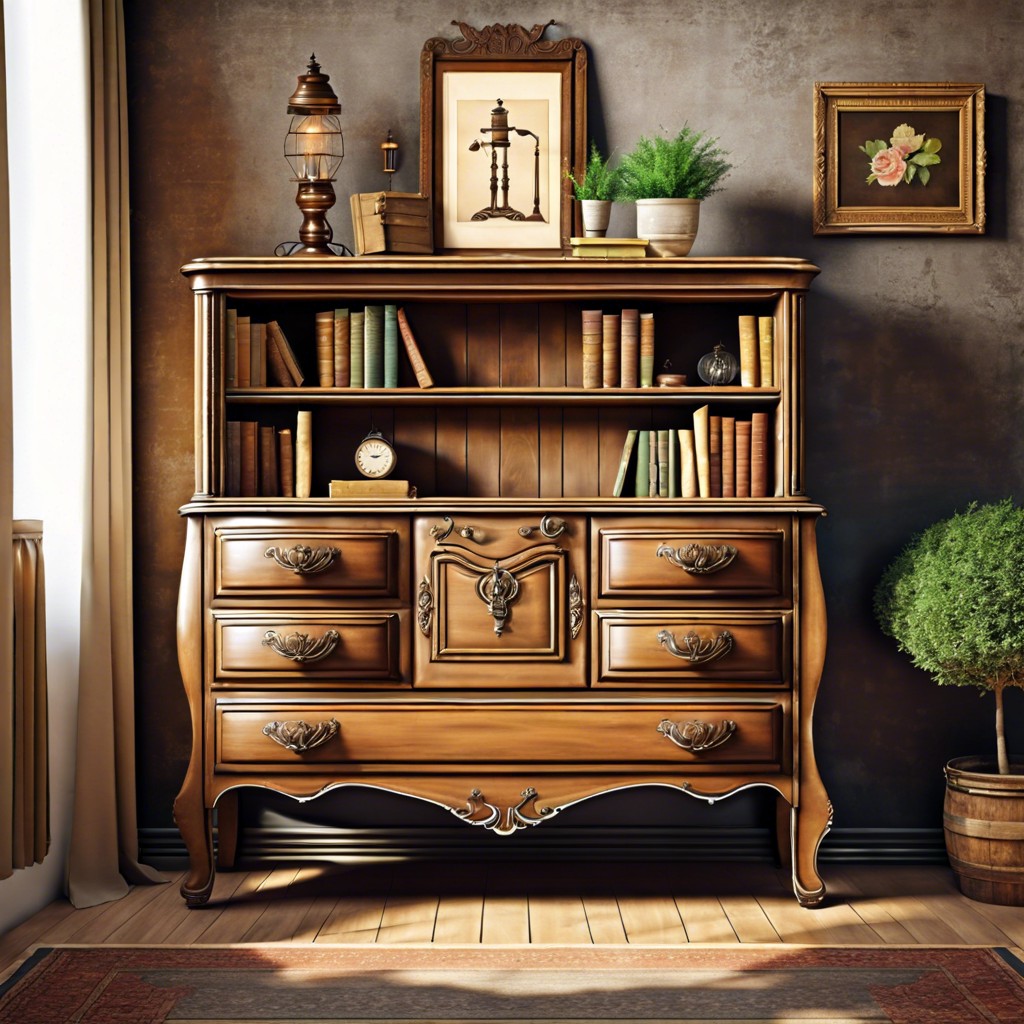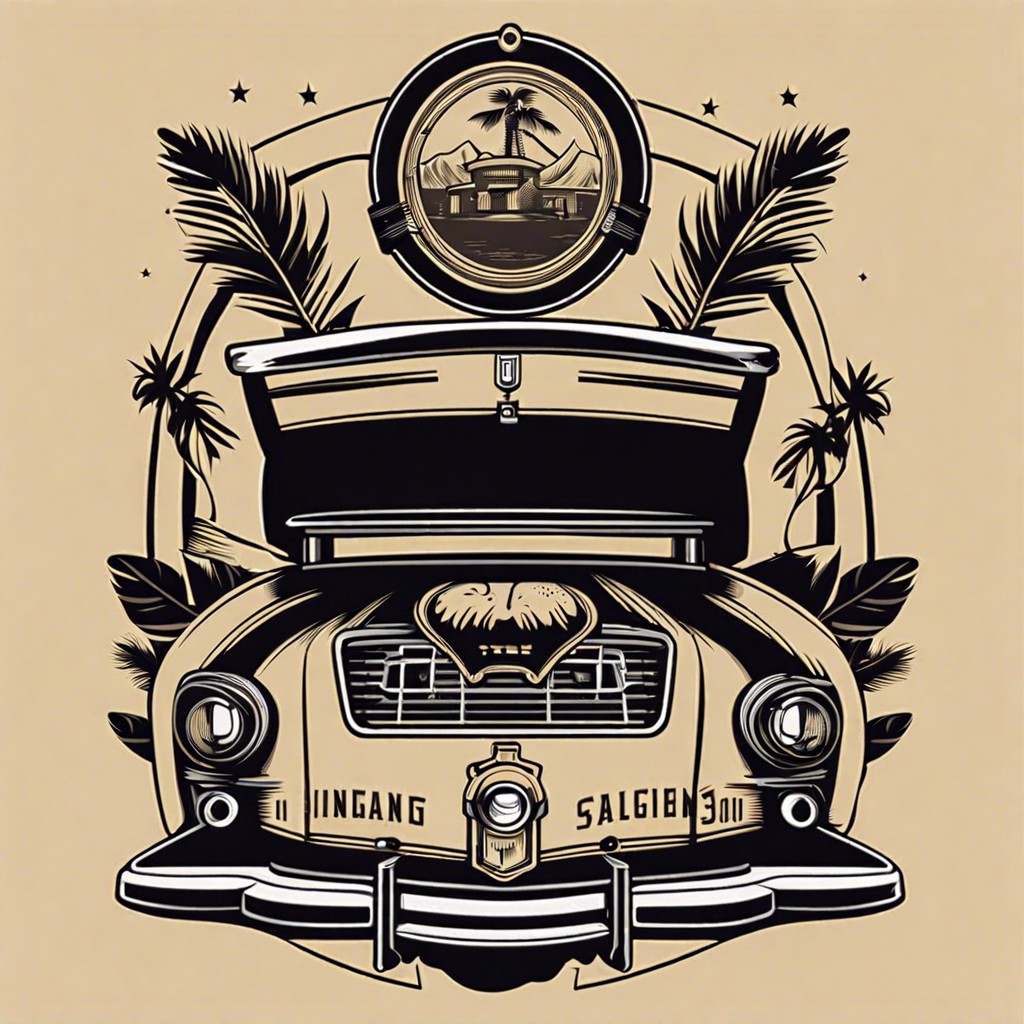Last updated on
Discover practical tips on selecting the perfect antique vanity for your space.
Key takeaways:
- Antique vanities have evolved from simple tables to symbols of luxury.
- Key features to look for are craftsmanship, materials, hardware, and mirror style.
- Preserve antique vanities through regular dusting, waxing, and proper care.
- Evaluate authenticity by examining materials, signs of wear, and maker’s marks.
- Antique vanities can add sophistication and character to modern interior design.
Historical Context and Evolution of Antique Vanities

Antique vanities, originally known as dressing tables, trace their roots back to the late 17th century Europe. These early versions were quite simple, consisting of a table with compartments for storing beauty essentials. By the 18th century, the incorporation of elaborate designs and mirrors transformed these practical tables into symbols of luxury and social status.
As time progressed into the 19th century, the craftsmanship grew even more elaborate with the introduction of fine woods like mahogany and walnut. In addition to function, these vanities began to serve as prominent decorative pieces, reflecting the artistic trends of the period such as Rococo and later Victorian styles, characterized by intricate carvings and ornate hardware.
This evolution showcases not just changing aesthetic preferences but also advancements in woodworking and mirror production techniques. The journey from a utilitarian table to a centerpiece of personal grooming artistry reflects the broader trends in society and technology.
Key Features to Identify in an Antique Vanity
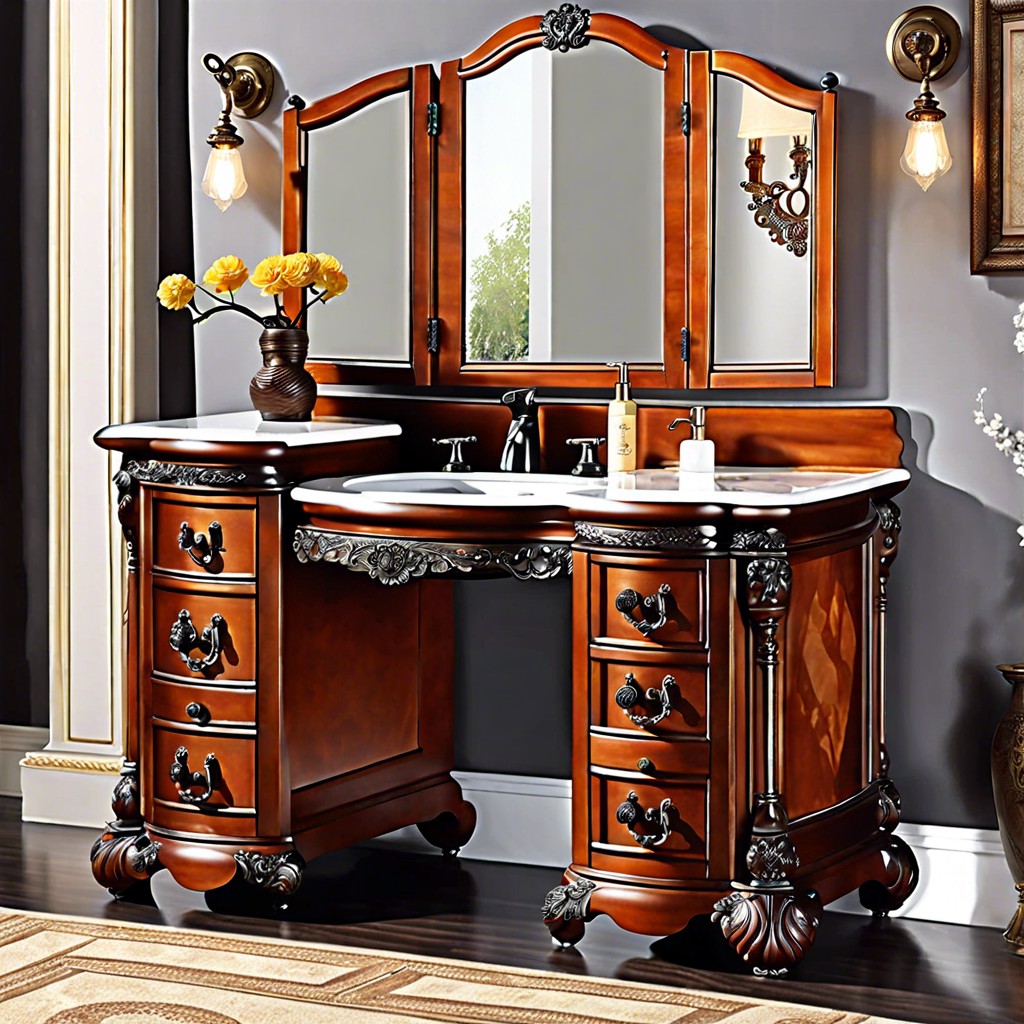
Identifying the distinguishing characteristics of antique vanities can transform a general appreciation into a skilled recognition. Here are some points to guide you:
Craftsmanship is apparent in the detailed carvings, inlay work, and the joinery. Dovetail joints, often seen in drawers, suggest a piece dates back to before the late 19th century.
Materials also speak volumes. Early vanities were usually crafted from hardwoods like walnut, mahogany, or oak. A vanity made from plywood or particle board is typically modern.
Hardware, including drawer pulls and knobs, can reveal a lot about age. Original hardware is often unpolished with uneven patinas, whereas replacements might look new or too perfect.
Finally, look at the mirror’s shape and style. Beveled edges and ornate frames often accompany older pieces, reflecting the design trends of their eras.
Preserving Antique Vanities: Tips and Techniques
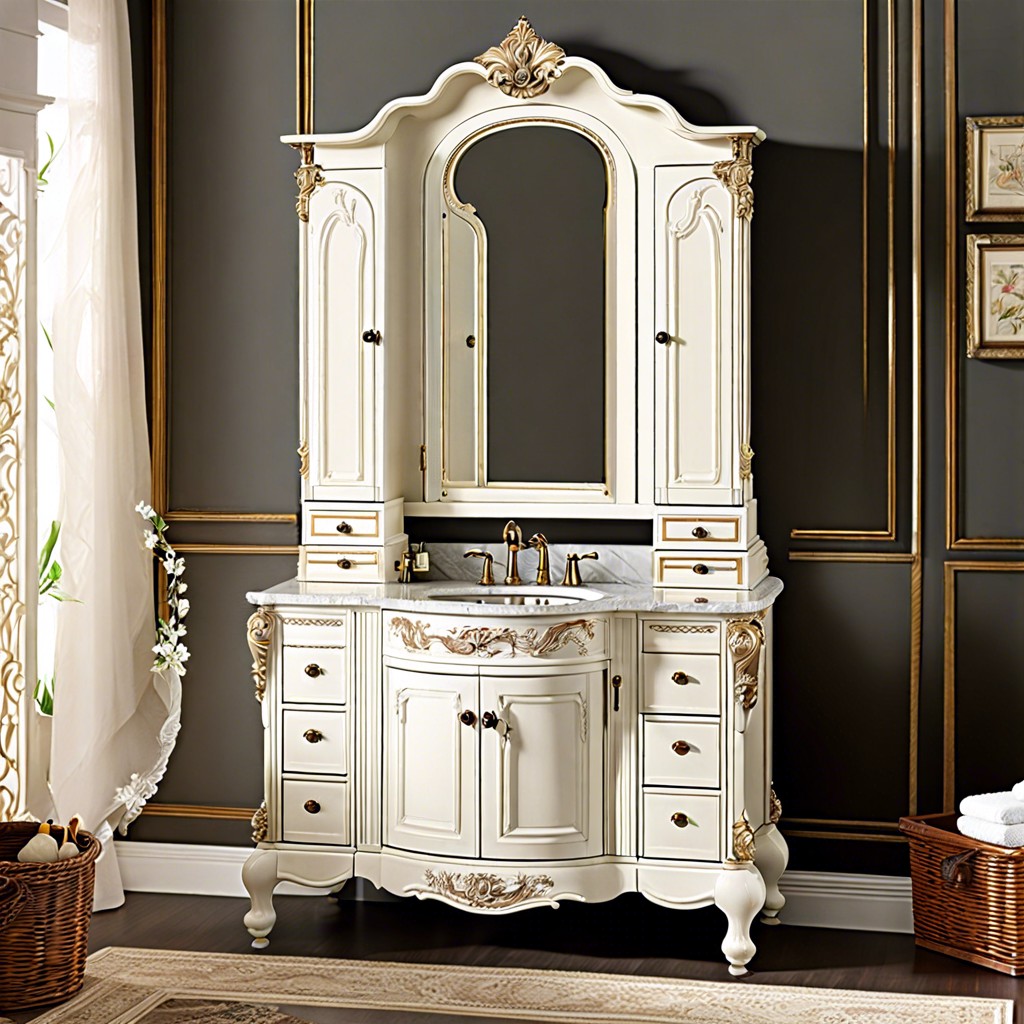
Regular dusting with a soft, lint-free cloth helps maintain the surface shine and prevents buildup of dirt and grime. Avoid harsh chemical cleaners which can strip the original finish, opting instead for mild soap and water for deeper cleans.
Waxing with a high-quality paste wax every few months will provide a protective layer, preserving the wood and enhancing its natural beauty. Apply a thin coat, allow it to dry, then buff with a soft cloth until you achieve a gentle glow.
Repair any loose parts or chipping paint as soon as possible to prevent further damage. For structural repairs or significant restorations, consult a professional conservator who specializes in antique furniture.
Keep your antique vanity away from direct sunlight, heat sources, and high humidity. These environmental factors can cause wood to warp or finishes to deteriorate over time.
Using coasters or mats under any items that might scratch or spill on the vanity surface is a simple yet effective way to shield it from potential harm. This maintains the integrity of the vanity’s aesthetic and structural elements.
By adhering to these guidelines, you’ll keep your antique vanity in superb condition, ensuring its history and beauty continue to enrich your space.
Evaluating the Authenticity and Value of Antique Vanities
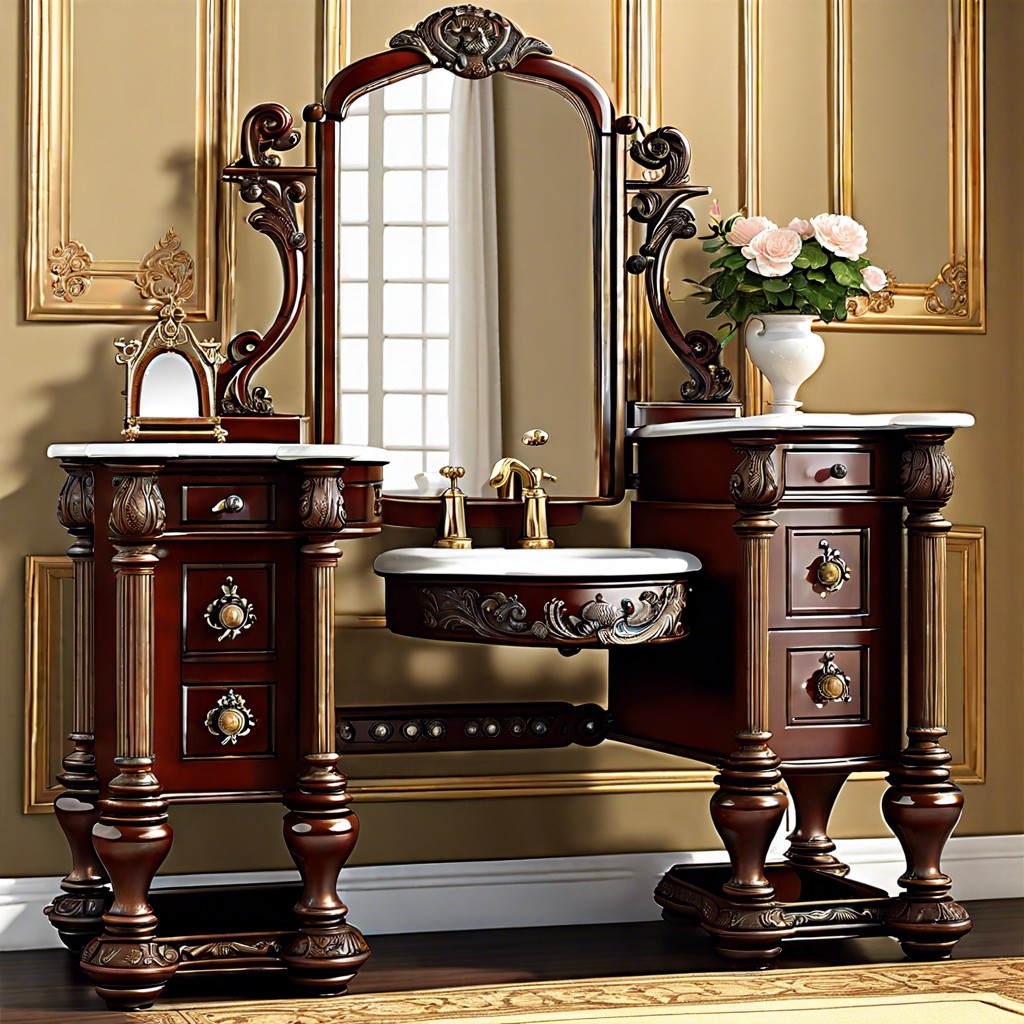
Determining whether a vanity is a genuine antique and assessing its value involves several considerations. First, examine the material and construction. Antique vanities are typically made from solid wood, such as mahogany or oak, and feature dovetail joints in the drawers. If the piece displays uniformity in these areas, it might indicate modern machinery was used, suggesting a reproduction.
Next, look for signs of wear and aging. Genuine antiques will have uneven fading of the wood and wear that is consistent with its age. The patina, or the natural aging process of the wood, should be darker in the corners and areas less exposed to regular handling.
Check for maker’s marks or labels. Many antique furniture makers marked their pieces with a stamp, label, or signature. This can often be found inside drawers or on the back of the piece. Identifying these marks can provide valuable clues about the origin and age of the vanity.
Finally, contextual understanding enhances value evaluation. Familiarize yourself with the periods and styles predominant when the vanity was crafted. Knowing whether a piece is from the Victorian, Edwardian, or another era can significantly impact its market value and desirability to collectors.
The Role of Antique Vanities in Modern Interior Design
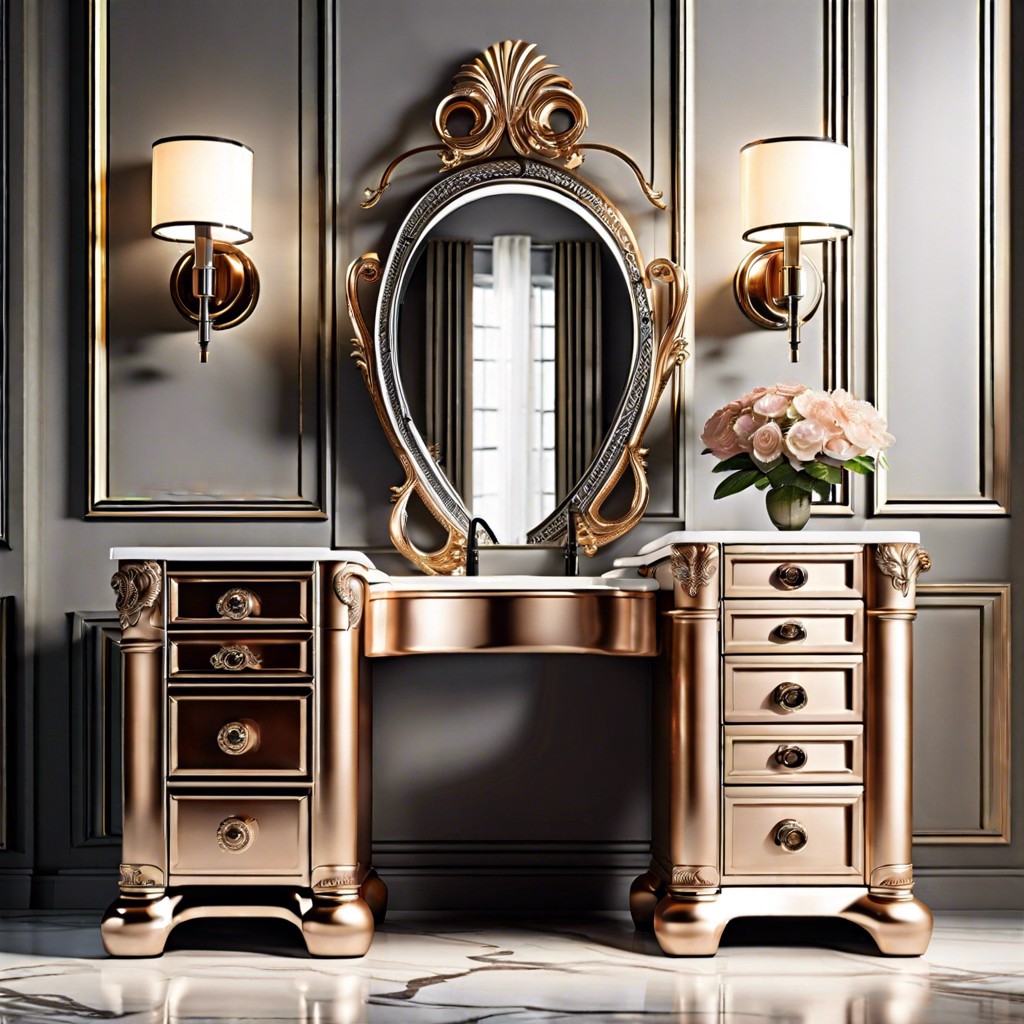
Antique vanities bring a touch of sophistication and timeless elegance to any room. Their intricate designs and rich history make them standout pieces that can anchor the décor of a contemporary space. Here are a few ways they integrate beautifully into modern interior design:
– **Contrast Creation**: Placing an antique vanity against a backdrop of modern minimalist elements creates a striking visual contrast. This blend of old and new adds character and dimension to the room.
– **Functional Art Pieces**: Beyond their practical use, these vanities function as art pieces. Their detailed woodwork, ornate handles, and unique mirrors serve as focal points that draw the eye and spark conversation.
– **Personalization**: Each antique vanity has its own story and quirks. This individuality allows homeowners to personalize their space in a way that modern, mass-produced furniture often can’t match.
By leveraging these aspects, an antique vanity not only enhances the aesthetic of a modern home but also offers a functional piece enriched with history.

